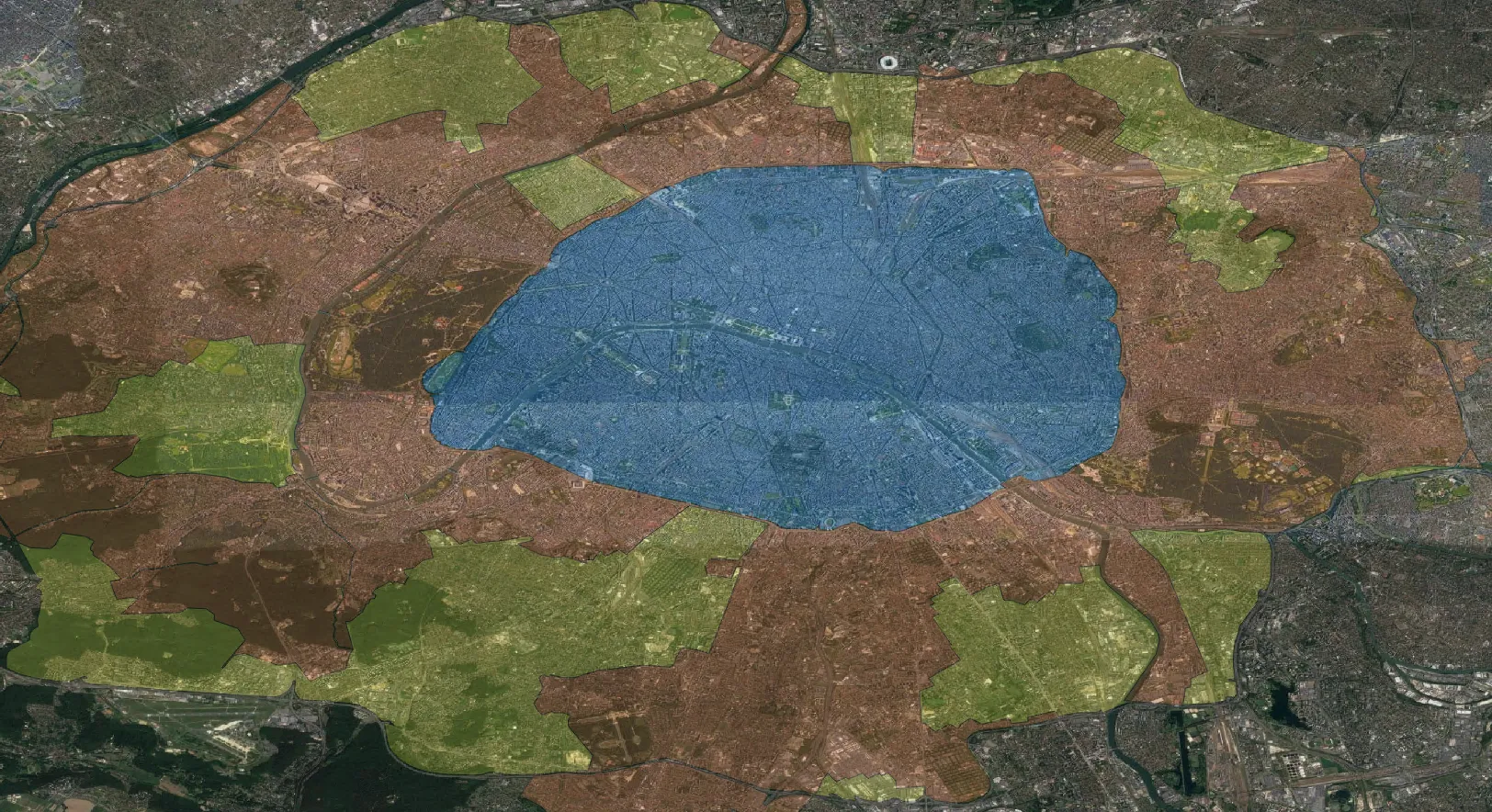Here and Samsung have extended their technology collaboration to Samsung’s new connected car network.
Here will make its Rest APIs for maps, geocoder and traffic and others available to third-party developers via the Samsung connected car network, enabling the development of location-enabled applications and services that pair with a range of connected devices from Samsung, such as the new Samsung Connect Auto.
Plugging into the vehicle’s standard diagnostics port, Samsung Connect Auto turns any vehi
March 7, 2016
Read time: 1 min
Here will make its Rest APIs for maps, geocoder and traffic and others available to third-party developers via the Samsung connected car network, enabling the development of location-enabled applications and services that pair with a range of connected devices from Samsung, such as the new Samsung Connect Auto.
Plugging into the vehicle’s standard diagnostics port, Samsung Connect Auto turns any vehicle into a connected car and enables intelligent features such as driver safety alerts, fuel efficiency monitoring and field workforce and fleet management for enterprise customers.









